From a marketing point of view, this verbal warfare is not a bad thing for a calm television ring. Enterprises that increase their attention will benefit.
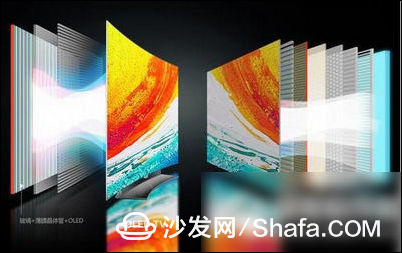
What is OLED? What is ULED? Is LED and LED one?
These issues are basically at the popular science level. Friends may be familiar with the development of color TVs. However, since we have to explain what they are "tearing," we first spread the concept from the basics.
LED is actually an abbreviation. It is an abbreviation of LCD (Liquid Crystal Television) using LED light as a backlight source, and is an upgraded version of CCFL cold cathode backlight source LCD.
ULED still relies on the LED backlight to illuminate the pixels for imaging. It also belongs to the category of LED TVs and LCD TVs. At the same time ULED TV has also joined the quantum dot technology and multi-zone independent backlight control technology, in the field of color performance than traditional LED TV.
Although OLEDs also have LED words, they are not related to LEDs. OLED is an abbreviation for Organic Light-Emitting Diode (OLED). It is a self-illuminating TV technology that does not rely on backlights, and therefore does not belong to LCD TVs. Is a totally different type of TV. Due to the self-luminous characteristics, its color is generally considered superior to LCD TVs.
Well, after clarifying the "family," choose a dark room, and compare it with color, comparison, and comparison. This experience only reflects reality and does not provide shopping advice.
Dark field contrast: OLED black performs better
The OLED is a pixel self-illuminating television, so it is possible to turn off the relevant pixels when rendering black, so the black performance is very good.
No matter how the technology of LCD TVs is upgraded, the imaging principle cannot be changed. Even if the sub-zone backlight control technology is used, the lighting of each pixel cannot be controlled. Therefore, the performance of black is weaker than that of OLED TVs. Let's take a look at the actual experience. .
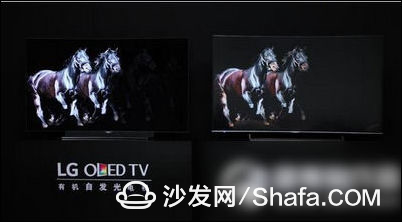
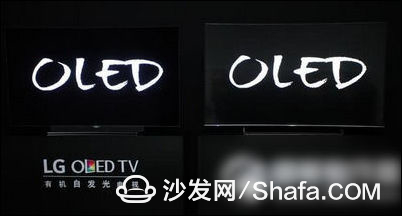
After comparing the second picture, the black-and-white contrast of the pure black and white picture is more obvious. The contrast between the black background of the left OLED TV and the white letter is obvious, and the black of the right LCD TV background is not so pure, there is a kind of gray a feeling of.
It is not difficult to see from the above two test charts that OLED TVs are significantly better than LCD TVs in terms of black performance and brightness contrast, and the black expression of this LCD TV that participated in the test is already very much within the scope of LCD TVs. Excellent.
Color contrast: bright or true this is a problem
For TV color, the most technical and professional way is the NTSC color gamut value, OLED claims to be able to reach 100%, while LED TVs using quantum dot technology claim to be able to reach 104% to 110%. This professional word is in my It seems to be meaningless to ordinary consumers.
If there is no comparison, 90% or 110% of the color gamut will not feel any difference, so the word color should be more subjective.
For many years, Sony BRAVIA's red has been controversial. Some people think that BRAVIA's red is very beautiful, and its color expression is very strong. Buying Sony is for bright red, while others think BRAVIA's red is a problem with Sony's handling of red color. Red is too bright to allow the image to display its original color.
Today, my test also encountered the same problem, first look at the comparison and comparison test chart.
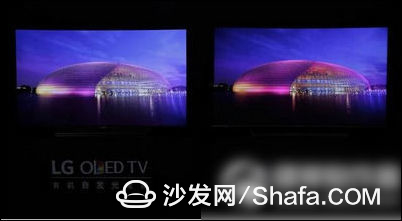


We still chose the image of the "National Grand Theatre" that was just color contrasted. This time, we selected the railing on the right side of the National Theatre to make a close-up comparison.
It can be found that the clarity of the two TVs is very strong. In the two close-up pictures, the exterior structure of the National Theatre can be seen. Through the glass exterior, the internal Olympic rings are clearly visible and each A load-bearing column can see the details and see if these two TVs are counted on the top products of the current color TV circle.
However, if we look closely and observe the densely-structured part of the National Theatre, we can see that each color of the OLED TV is tuned more finely. This shows that the horizontal light lines on the left side of the Grand Theater are more distinct. The right side of the longitudinal steel load-bearing part of the line is clearly separated from the line.
The nighttime TV in the picture below shows adhesion in these two parts. Relatively speaking, the detail processing is not as good as OLED TV.
The main reason for this situation is that the OLED TVs are independently illuminated by pixels, and the TV display engine can control the switching of each pixel. In this way, each pixel can be displayed according to the color requirements, while the LCD TV is passive. The backlight imaging, even if the control is not good, can not be controlled point-to-point, so there will be a little halo situation, which also caused the difference in this small details.
Finally, make up for three RGB (red, green and blue) three-color contrast charts and feel.
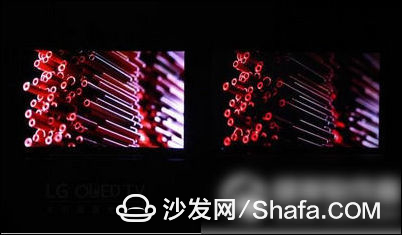
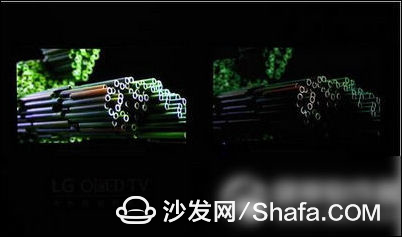
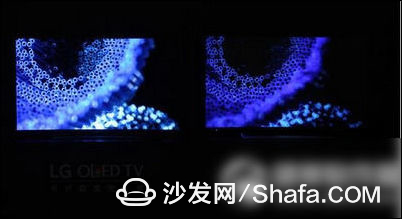
Summed up after experiencing OLED and improved version of LCD TV, suddenly thought of a slogan that is often seen in a small restaurant, “Feng Yu from the people, how casual.†In fact, shopping is also the reason for this, there is no fixed standard, the most appropriate is the best.
Some people like real news photos. They can face the world. Some people like to wear a beauty camera. They must be inclined at a maximum of 45 degrees. There is no one who is higher or lower.
Since so many anti-intellectual marketing can successfully occupy the circle of friends and be regarded as truth, shouldn't the standard of television quality be "I like it"?
Smart TV/box information can focus on smart TV information network sofa butler (http://), China's influential TV box and smart TV website, providing information, communication, TV boxes, smart TVs, smart TV software, etc. Answering questions.
A business tablet must have powerful business functions. At present, users use tablet products more for entertainment, and insufficient development of commercial value has become a major factor restricting the development of tablet computers. Many far-sighted terminal manufacturers have set their sights on the business tablet field.
Generally speaking, when business users choose tablet PC products, they still focus on "regular items" such as processor, battery, operating system, and built-in applications, especially office software applications, which are a good helper for business users.
First of all, there must be powerful office software such as customer management software, which can record customer data and related information anytime, anywhere. There is also a need for powerful marketing software, software marketing, reducing manual intervention, and one person can handle all the publicity and customer information.
Business Tablet,4k,5G
Jingjiang Gisen Technology Co.,Ltd , https://www.jsgisentec.com